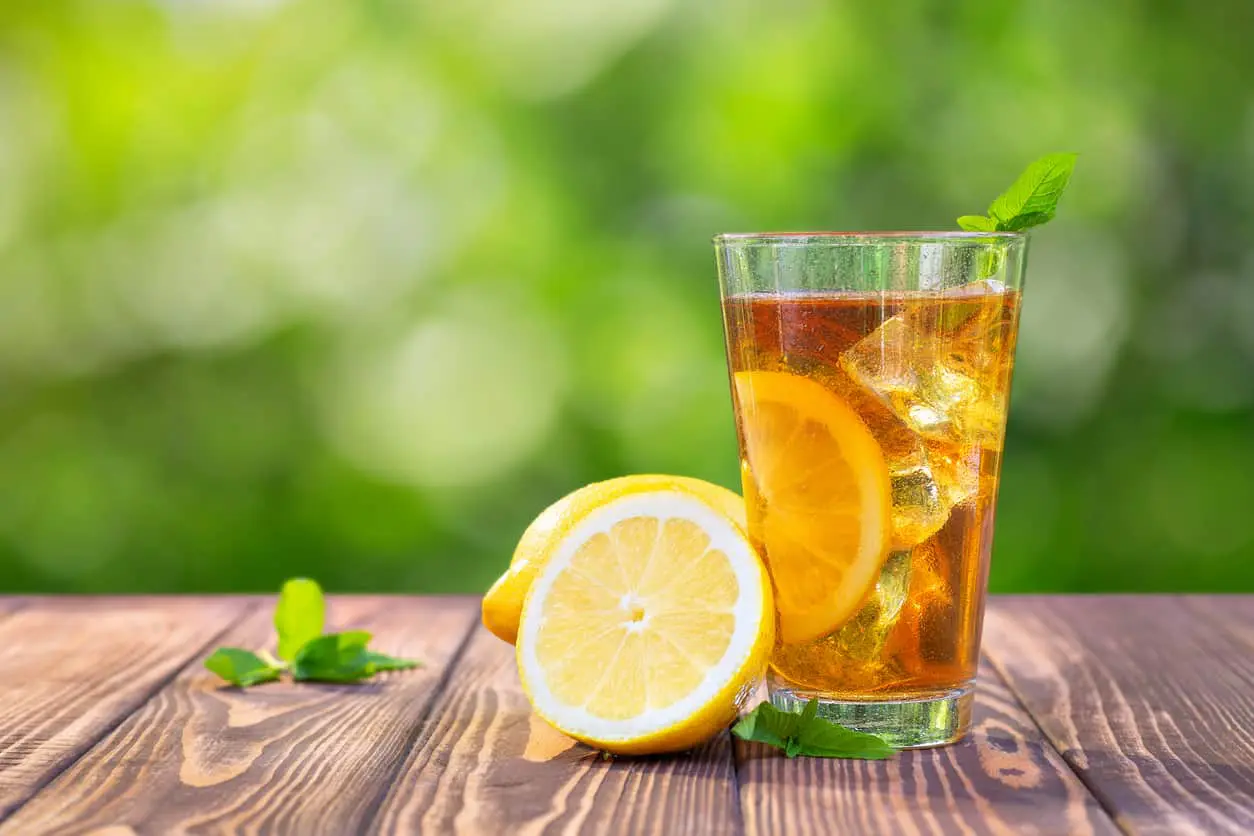Have you ever been curious about what is in Kratom? Kratom has become the west’s new favorite black sheep of the tea-drinking world, but not many people have really looked into what is in it. Kratom has been recorded as being used by people in Southeast Asia for the past 150 years (1), and many believe it has been used medicinally by indigenous peoples for longer than that–potentially up to thousands of years. Specifically, Green tea drinking is thought to be a roughly 5,000 year old practice in the east.
Have you ever been curious about what is in Kratom? Kratom has become the west’s new favorite black sheep of the tea-drinking world, but not many people have really looked into what is in it. Kratom has been recorded as being used by people in Southeast Asia for the past 150 years (1), and many believe it has been used medicinally by indigenous peoples for longer than that–potentially up to thousands of years. Specifically, Green tea drinking is thought to be a roughly 5,000 year old practice in the east.
Nowadays, kratom has repeatedly claimed the national spotlight as a controversial herbal product. It is used commonly used by people struggling with addiction and/or depression, and regular people looking for an alternative to coffee or tea. The plant, scientifically named Mitragyna Speciosa, has been shown to have a wealth of benefits, and despite a ruthless ongoing propaganda smear campaign, it is regularly consumed by up to five million people, according to the American Kratom Association(2). But what is actually in kratom? Let’s take a brief dive into its pharmacological profile.
Kratom Alkaloid Content & Pharmacological Profile
Surprisingly, there have been over 40 alkaloids discovered to be a part of this plant(3) Mit. The alkaloid content everyone specifically talks about is Mitragynine, which is solely native to the kratom plant. Mitragynine’s benefits are well documented, as well as its cousin alkaloid, 7-hydroxamitragynine. Among the alkaloids present in kratom, there also exist some flavonoids–compounds found naturally in many fruits, vegetables and green tea–in addition to terpenoid saponins, polyphenols, and glycosides(4). Many of these alkaloids are thought to have activity in the body, like corynantheidine, which is thought to affect serotonin receptors(5). While further research needs to be done on the remaining compounds to determine the complete picture of kratom’s biological activity and contraindications, what has been shown so far indicates a complex composition with numerous potential applications as a herbal product or medicinal tea.
Interestingly, current research indicates the presence of the various flavonoids may be beneficial in free radical scavenging (those pesky cancer causing, cell damaging agents found in the body), as well as having antimicrobial activity(6), though to what extent remains to be seen. In this post-coronavirus age, anything along these lines may seem promising, but it would be prudent to suggest that you ignore any information claiming kratom prevents or treats viral infections. This is not backed by current scientific consensus. Kratom is similar in the antioxidant (anti-free radical) aspect to green tea and certain other plants. More information about the antimicrobial aspect can be found in the referenced study.
Kratom Nutrition Facts
What about Kratom’s nutrition facts? Similar to coffee and tea, the base nutritional aspects of kratom leaves are going to be relatively benign. For the calorie counters out there, you can expect two grams to contain around 7.4 calories. Other nutrients and minerals(7):
In a 2gram Serving:
- Sodium – less than 0.1mg
- Iron – 0.5mg
- Calcium – 13.2mg
- Potassium – 18.5mg
- Carbohydrates – 1.5g
- Protein – 0.2g
- Fats – less than 0.1g
For anyone that regularly tracks nutrition information, you’re going to look at that list and most likely chuckle. Really, the only source of any concern in the kratom nutritional profile would be from the iron content, which could grow to questionable levels at daily doses of >16g, especially in men. Though it’s important to note that the body is able to regulate the absorption of iron and fiber in plant-based sources pretty efficiently. Still, for individuals consuming large amounts of Kratom powder or tea on a daily basis, it might be good to consider this information. Some of the above nutrients may change in quantity if Kratom tea is brewed from the leaves, rather than consumed whole or as a Kratom powder.
Ironically (no pun intended), iron absorption (specifically non-heme iron) has been shown to decrease with excessive green tea drinking (8,9). While I couldn’t find any information regarding Kratom’s tannins–the compounds in green tea thought to block some mineral absorption–it stands to reason that if you consume green tea or possibly even kratom itself in low to moderate doses, you’re already regulating iron absorption.
What is in Kratom? Now You Know!
So there you have it! If you’ve ever wondered exactly what is in kratom, now you know. Nutritionally, it isn’t going to help or hinder (in minimal or moderate usage), and pharmacologically the plant is–from all available research–rife with potential benefits.
If you are interested in trying kratom or are a long-time kratom user looking for a new strain, shop our selection at Soap Korner today! We have many popular strains such as Red kratom, Green kratom, and White Kratom powders, plus a few different-sized Kratom sample packs if you want to try a variety!
[1] https://www.ncbi.nlm.nih.gov/pmc/articles/PMC6612999/
[2] ttps://www.discovermagazine.com/health/the-us-may-ban-kratom-but-are-its-effects-deadly-or-lifesaving
[3] https://www.ncbi.nlm.nih.gov/pmc/articles/PMC6473843/
[4] http://www.emcdda.europa.eu/publications/drug-profiles/kratom_en
[5] https://pubmed.ncbi.nlm.nih.gov/2991775/
[6] https://www.ncbi.nlm.nih.gov/pmc/articles/PMC6255380/
[7] https://www.ncbi.nlm.nih.gov/pmc/articles/PMC5093162/
[8] https://www.nytimes.com/2009/06/30/health/30real.html





